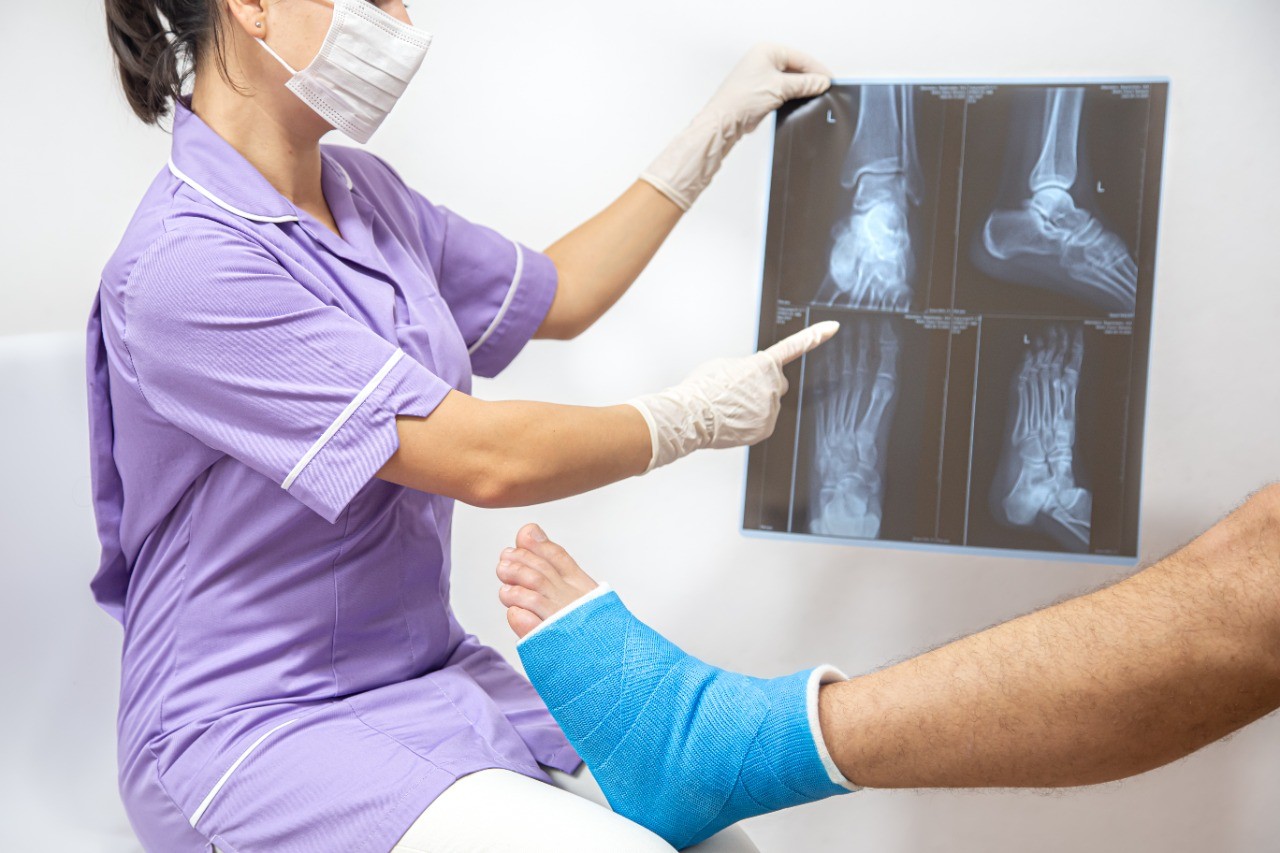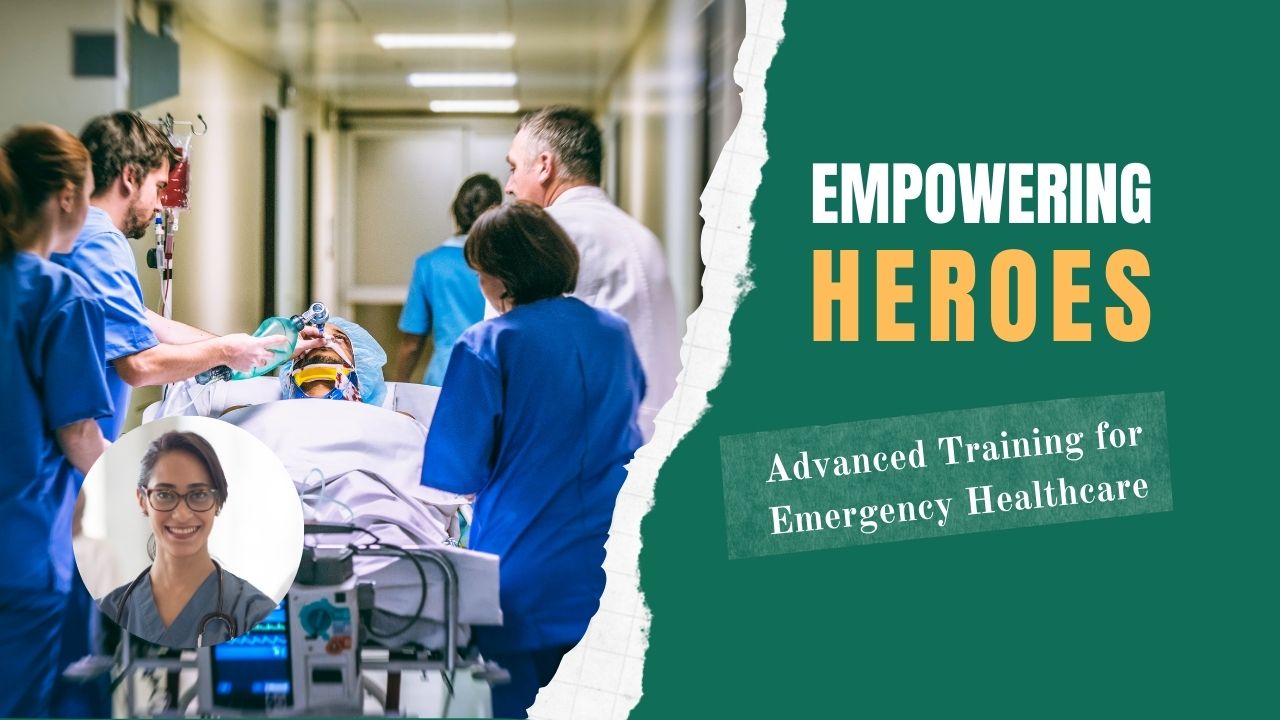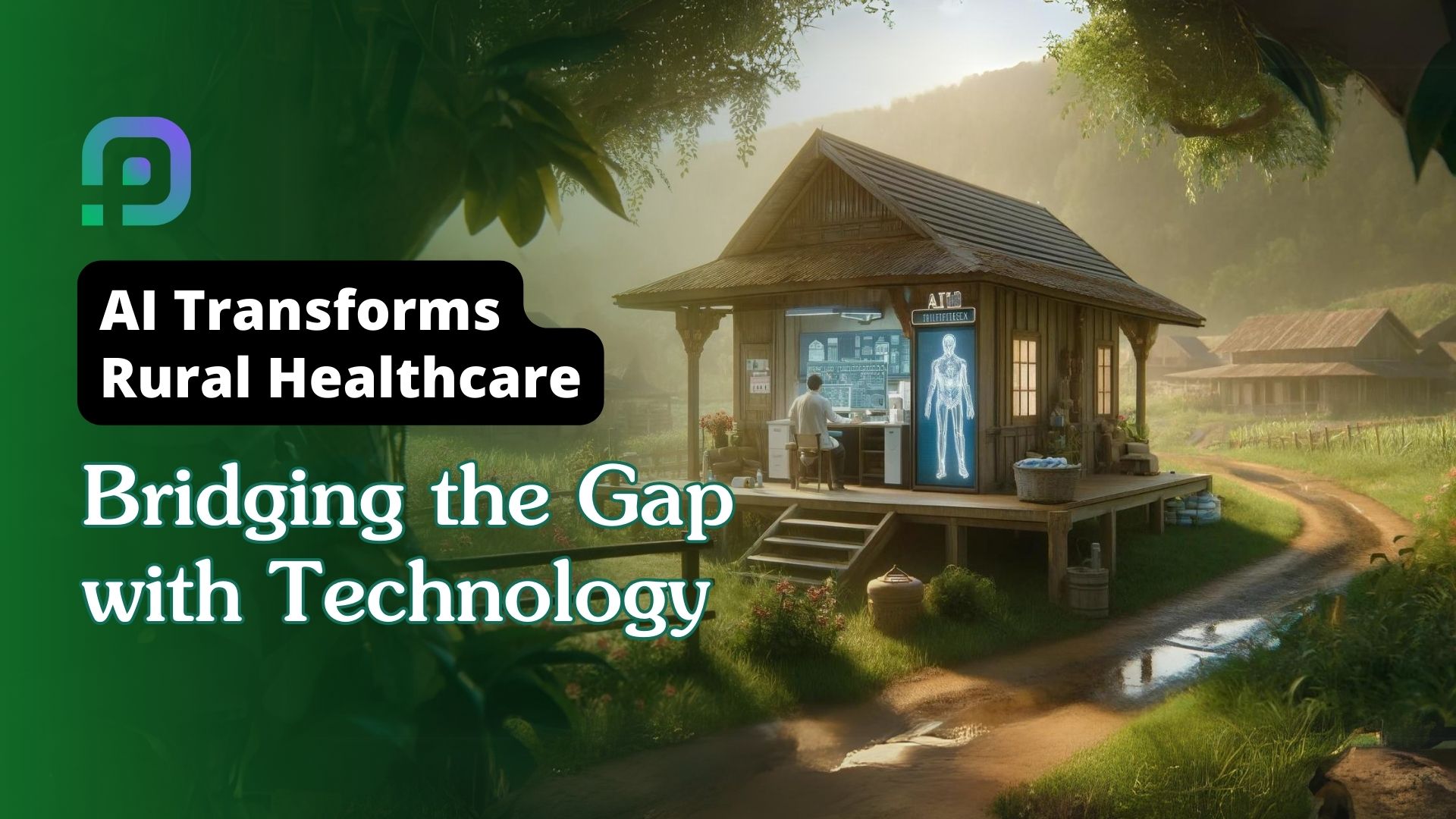Published - Tue, 16 Aug 2022

Orthopedic emergencies and its types
Orthopedic emergencies are sudden medical conditions involving the spine, the limbs, or related structures, or involving their aberrant shape or function. Orthopedic emergencies are frequent in the emergency room (ED) and can pose a risk to limb function if not handled immediately.
TYPES OF ORTHOPEDIC EMERGENCIES
1. Muscle contusion (bruise): A muscle contusion is caused by blood extravasating into the muscle tissue as a result of direct stress. At first, the bruised muscle will be tender and swollen, and the skin above it will seem red or blue (ecchymosis). The hue of the skin shifts from purple to a greenish-yellow as the blood is reabsorbed.
2. Strain: The degree of muscle fiber damage that develops after a muscle is either too stretched or violently flexed against resistance is used to categorize muscular strain injuries.
a) First-degree muscle strain is a minor stretching injury of the muscle fibers that is characterized by muscle spasm, mild swelling, local tenderness, and a slight decrease in function.
b) Second-degree muscle strain is a partial tearing of the muscle fibers that is characterized by moderate swelling, ecchymosis, and decreased functional strength.
c) Third-degree muscle strain is a complete disruption of the muscle that is characterized by swelling, ecchymosis, decreased strength, and a palpable “bulge” caused by the retracted unattached muscle belly. Third-degree muscle strains can lead to significant long-term disability but fortunately are not as common as first- and second-degree strains.
3. Sprain: Sprains are damage to the ligaments in the joints that happen when a joint is forced to move abnormally.
a) First-degree sprains are characterized by mild hemorrhage and swelling, minimal point tenderness, and no abnormal joint motion (i.e., the joint is stable).
b) Second-degree sprains, which occur when the ligaments are partially torn, result in moderate hemorrhage and swelling, tenderness, painful motion, loss of function, and minor joint laxity.
c) Third-degree sprains occur when the joint ligaments are completely disrupted. Third-degree sprains may initially appear similar to second-degree sprains, but the patient will have severe joint instability after the swelling subsides.
4. Dislocation: When the opposing articular surfaces of the bones are no longer in touch, a joint is said to be dislocated. A partial dislocation is a subluxation (i.e., the articular surfaces are in partial contact).
5. Fracture: The disruption of the bony cortex results in a fracture. Pain, edema, and deformity are brought on by the bleeding into the surrounding tissue from the broken bone.
a) Descriptive terms: Important details include the following: the affected bone, fracture location, whether the fracture is open or closed, whether the intra-articular extension has occurred, the type of fracture line, description of bone fragments (if present), whether the fracture is complete or incomplete, neurovascular status, and the position or alignment of the bone segments.
An open fracture occurs when the skin overlying the fracture is not intact either due to direct trauma or a fragment of bone that penetrates the skin. A subtle open fracture can occur when a bone fragment pierces the skin and then withdraws, leaving only a small puncture wound. Therefore, any fracture with an overlying skin wound should be suspected of being open. A closed fracture occurs when the skin and soft tissue overlying the fracture are intact.
An intra-articular fracture is a fracture that extends into the joint surfaces.
The fracture line may be spiral, oblique, or transverse. Fractures in children are often described as the buckle (torus), greenstick, or complete fractures. A fracture can also be described as compression, avulsion (chip), or comminuted (shattered) fracture.
The bone segments may be in contact with each other or separated by a measurable distance (usually stated in millimeters). The bone segments may be completely displaced (i.e., lying next to each other instead of end to end), partially displaced (i.e., offset from each other by a measured amount), or non-displaced.
The angulation of the two bone segments is described by both the direction of the angle (e.g., radial, dorsal, anterior, lateral) and by the degree of the angle formed by the two bone segments.
b) Special fractures
Pathologic fractures occur when a relatively minor force is applied to the diseased or otherwise weakened bone.
Stress fractures are caused by the repetitive application of a minor force to a bone, usually a long bone in the lower extremities. Stress fractures are commonly seen in military personnel (march fracture) and athletes (e.g., joggers, dancers).
Salter-Harris fractures involve the epiphyseal plate (i.e., the growth plate) and are common in children.
Created by
Rigomo Team
Rigomo is a leading online education platform that offers a wide range of courses to help individuals enhance their skills and achieve their career goals. With our user-friendly interface and expert instructors, we strive to provide high-quality education to everyone, anytime and anywhere. Join us today and take the first step towards a brighter future.
Rigomo is an e-learning platform that was founded in 2019 by a team of dedicated professionals with a passion for revolutionizing the way people learn. The platform offers a range of online courses that cover various industries, including business, technology, healthcare, and more.
Rigomo's courses are designed to be interactive and engaging, with a focus on practical skills that learners can apply in their careers. The platform uses a combination of video lectures, quizzes, and hands-on projects to help learners master the subject matter.
Rigomo is committed to providing affordable and accessible education to people around the world. The platform offers a range of pricing options, including monthly and annual subscriptions, as well as pay-as-you-go options for individual courses.
Since its launch, Rigomo has received numerous accolades for its innovative approach to e-learning. The platform has helped thousands of learners across the globe acquire new skills and advance their careers.
As Rigomo continues to grow, the team remains committed to providing high-quality education that is accessible to all. The platform is constantly updating its courses and features to ensure that learners have access to the latest tools and technologies.
Comments (0)
Search
Popular categories
Health and Wellness
231Skill Development
7Technology
5Community Impact
2Success story
2Creativity
1Latest blogs

DeepSchool: The Story of an Idea That Refused to Sit Still
Tue, 02 Dec 2025

Transforming Emergency Care: The Story Behind Rigomo's Revolutionary PPMMP Course
Sun, 12 May 2024

Empowering Rural Healthcare: How Pogiko's AI is Bridging the Gap in Medical Services
Thu, 25 Apr 2024

Write a public review